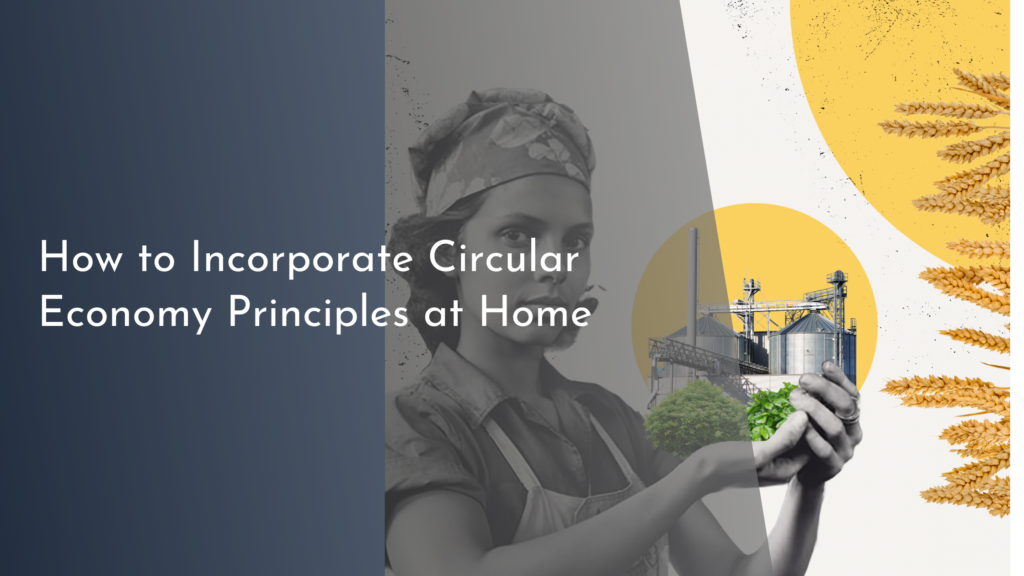Bio-Latrines Converting Waste into Fertilizer for Reforestation
In a world increasingly aware of the need for sustainable practices, innovative solutions like bio-latrines are gaining traction. These eco-friendly sanitation systems not only address waste management but also contribute significantly to environmental restoration. By converting human waste into nutrient-rich fertilizer, bio-latrines play a pivotal role in reforestation efforts. Let’s explore how these magical systems work, their benefits for soil health, and how you can be a part of this green revolution.
Discover the Magic of Bio-Latrines for Eco-Friendly Solutions
Bio-latrines are a remarkable fusion of sanitation and sustainability. Unlike traditional latrines that often contribute to pollution and health hazards, bio-latrines utilize a natural process to decompose waste. They employ aerobic bacteria and other microorganisms to break down human waste, transforming it into compost. This process not only eliminates harmful pathogens but also reduces the unpleasant odors typically associated with latrines.
The design of bio-latrines is simple yet effective. They can be constructed using local materials and require minimal maintenance, making them accessible for communities worldwide. As they convert waste into compost, bio-latrines provide a practical solution to the sanitation crisis while simultaneously promoting environmental stewardship. Their ability to turn waste into a valuable resource exemplifies the magic of eco-friendly solutions in our quest for a healthier planet.
Transforming Waste: Nature’s Fertilizer for Reforestation
The nutrient-rich compost produced by bio-latrines acts as a natural fertilizer, making it an excellent choice for reforestation projects. This organic matter enriches the soil, improving its structure, moisture retention, and nutrient content. When applied to degraded land, it paves the way for new life, promoting the growth of trees and other vegetation essential for restoring ecosystems.
Reforestation is critical in combating climate change, enhancing biodiversity, and preserving water resources. By utilizing compost from bio-latrines, communities can actively participate in these vital efforts. Not only does this practice help rejuvenate barren landscapes, but it also fosters a sense of ownership and responsibility towards the environment, encouraging sustainable practices for future generations.
How Bio-Latrines Boost Soil Health and Revive Forests
The introduction of compost from bio-latrines into soil ecosystems significantly enhances soil health. The organic matter improves soil fertility, leading to increased microbial activity and better nutrient cycling. This, in turn, supports the growth of diverse plant species, which are crucial for maintaining balanced ecosystems. As forests flourish, they provide habitat for wildlife, improve air quality, and contribute to carbon sequestration.
Moreover, healthy forests act as natural barriers against erosion and flooding, safeguarding communities from environmental disasters. The use of bio-latrine compost in reforestation efforts is a win-win scenario: it enriches the soil while simultaneously revitalizing our planet’s green cover. By restoring forests, we not only protect biodiversity but also create a sustainable future for ourselves and generations to come.
Join the Green Revolution: Benefits of Bio-Latrine Systems
The benefits of bio-latrine systems extend far beyond waste management. By adopting these eco-friendly solutions, communities can improve public health and sanitation while fostering environmental sustainability. Bio-latrines reduce the risk of waterborne diseases associated with traditional latrines, ensuring safer living conditions for families. Furthermore, they empower individuals to take part in local environmental initiatives, creating a sense of community and shared responsibility.
Participating in the green revolution is easier than ever! By advocating for and implementing bio-latrine systems, you can contribute to a cleaner, healthier planet. Whether you’re part of a community organization, a school, or simply an eco-conscious individual, promoting the use of bio-latrines can lead to meaningful change. Together, we can harness the power of waste to nourish our lands and foster a greener, more sustainable future.
In conclusion, bio-latrines represent a powerful tool in our efforts to create a sustainable world. By transforming waste into fertilizer, they not only enhance soil health and support reforestation but also promote public health and community engagement. As we continue to explore innovative solutions for environmental challenges, bio-latrines shine as a beacon of hope. Let’s embrace this green revolution, turning waste into a valuable resource for generations to come!


